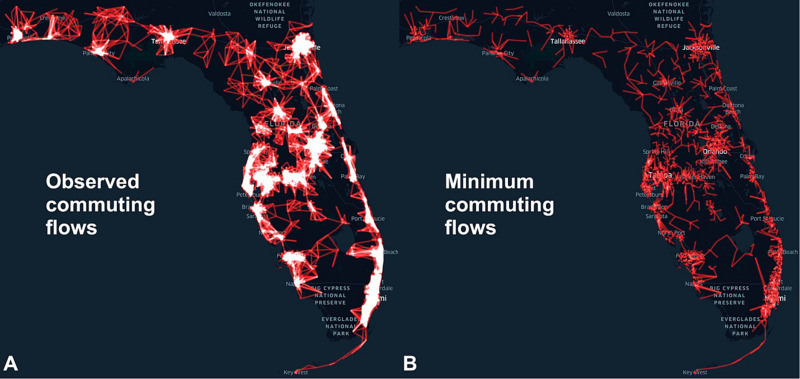
HU – Unveiling spatial mismatch in childcare supply and demand: An excess commuting analysis of home-to-childcare distance in subsidized families
Yujie Hu, Phillip Sherlock, Jing Huang, Herman T. Knopf, Jaclyn M. Hall
Article first published online: 6 March 2024
DOI: https://doi.org/10.1016/j.jtrangeo.2024.103829
ABSTRACT: The distance between homes and childcare providers serves as a crucial factor in evaluating accessibility and equity in early childhood education. Spatial mismatch between childcare demand and supply is suggested when families opt for facilities further than the nearest available options, a situation scarcely scrutinized in existing literature, especially among under-six children from economically disadvantaged backgrounds. To fill this research gap, this study leverages the excess commuting analysis to delve into the extent of extended travel undertaken by subsidized families to access childcare services. Utilizing real enrollment data from the Florida’s School Readiness program, it quantifies the disparity between actual and shortest possible commuting distances, investigating the tendencies of low-income families to forgo nearby providers for their young children. Furthermore, the research probes into age-related disparities in excess commuting, examining to what degree childcare facilities are more conveniently located for certain age groups compared to others. The analysis unveils substantial spatial mismatch in subsidized childcare, with a significant portion of low-income families choosing more distant providers, resulting in a 51.3% surplus in commuting distance. It also highlights a noticeable age-dependent trend in this mismatch: parents of infants face a dual disadvantage with longer commutes, compared to families with five-year-olds who have closer access to providers. The findings advocate for policy reforms that address these disparities, enhancing the efficiency and equity of childcare resource allocation.
Read the full publication in Journal of Transport Geography.